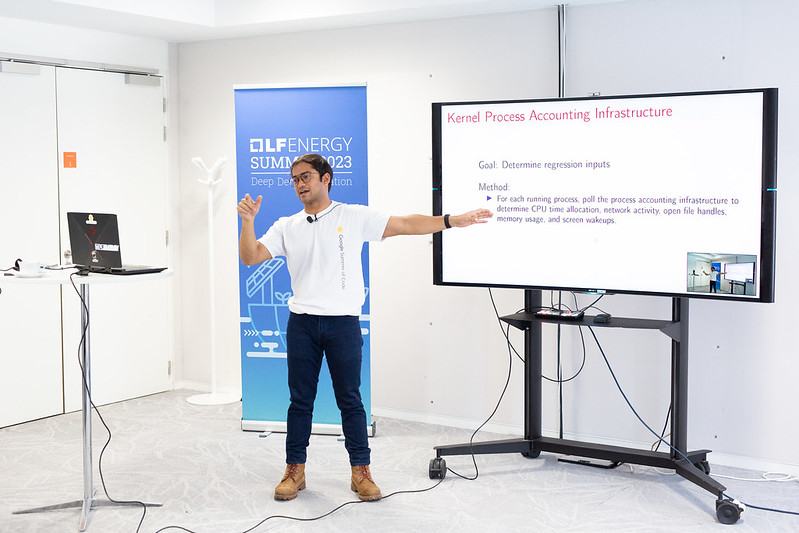LF Energy Summit 2023 Recap: Understanding and Measuring the Carbon Footprint of Personal Computing
In today’s world, where technology is an integral part of our lives, understanding and mitigating the environmental impact of personal computing has become a critical concern. At LF Energy Summit 2023, Aditya Manglik from ETH Zurich delivered a presentation titled “Measuring Carbon Footprint of Personal Computing.” The talk shed light on the carbon footprint of personal computing, the challenges it poses, and the innovative solutions being developed to address these issues.
Background and Motivation
Manglik, a graduate student with a strong interest in computer architecture and operating systems, set the stage by highlighting the increasing importance of considering the carbon footprint of personal computing. He emphasized the need to estimate the energy consumption of various applications and understand the composition of the energy used to power them. The concept of energy consumption, defined as the product of power and latency, forms the basis for understanding the environmental impact of computing.
Challenges in Energy Consumption Estimation
Manglik explored the challenges associated with estimating energy consumption. He highlighted the impact of hardware components such as CPUs and GPUs, which have varying power dissipation levels, and explained how latency is influenced by both hardware and software factors. Developers tend to optimize for latency due to its direct impact on user experience, while energy consumption remains a challenge as it lacks accurate measurement and optimization methods.
Unavailability of Energy Consumption Data on Linux
The presentation delved into the availability of energy consumption data across different operating systems. While Windows, MacOS, and Android offer mechanisms to estimate energy consumption for various processes, Linux lacks a reliable solution. Manglik raised the question of why Linux, a widely used operating system, does not provide the necessary tools to measure and optimize energy consumption.
Significance and Goals
Highlighting the importance of energy consumption information, Manglik explained its relevance to both end users and programmers. Consumers wish for longer battery life and more efficient devices, making energy optimization crucial. The presentation identified the primary goal: developing a framework to reliably estimate the energy consumption of processes running on a Linux system. This information would be made accessible to users and developers, facilitating better decision-making and optimizations.
Understanding the Solution
Manglik detailed the proposed solution for estimating energy consumption. The process involves combining device-specific measurements with runtime latency data. The former is obtained from hardware components, while the latter is already available in the kernel process accounting infrastructure. By integrating these inputs into a machine learning model, the framework generates accurate estimates of energy consumption.
Empowering Users and Programmers
In terms of outcomes, the presentation showcased a mock-up of a user interface aimed at end users. This interface would display real-time information about battery levels and suggest actions to optimize energy usage. For programmers, the goal is to upstream the kernel module changes, enhance the accounting infrastructure, and expose an API that allows developers to act on energy consumption data. Ultimately, these efforts empower both users and programmers to calculate and reduce the carbon footprint of their applications.
